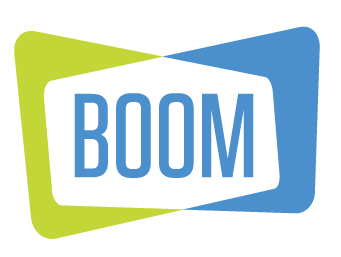Are Satellite Media Tours Still Worth It?
As content consumption on screens, apps and devices continues to shift, ebb and flow, PR strategies must be more fluid than ever. As broadcast content specialists, we are asked often if traditional news on TV and Radio are still worthwhile to boost awareness on a timely topic or news relevant to your brand or cause. The answer is of course as complex as your communciations goals and has to take into consideration many variables like who is they audience you want to reach? What are you asking people to do? Is your content informative, entertaining and/or meaningful to a specific region or demographic?
While it’s best for us to dig in a bit to your specific campaign dynamics and goals to give a coherent recommendation, below Boom Broadcast specialist Barbara Gutjahr provides some general insights on “Why An SMT?”
WHY AN SMT?
A satellite media tour is the best way to get your experts and spokespeople interviewed on multiple television and radio stations across the country in a very short period of time – reaching people without them having to search out your content. It offers a captive audience to your messaging.
WHO IS WATCHING
Television remains a common place for Americans to get their news, with local TV on par with or outpacing cable and network TV. In 2020, local TV news saw its audience increase across the evening and late night time slots. Audience for the midday news time slot (11 a.m. to 2 p.m.) increased 10% in 2020.
A 2022 poll by TVTechnology found Americans overwhelmingly cited television (48%) as the most important source for local news, and more than half (62%) watch local news on television daily.
Local TV newscasts also continue to be a primary source of trust with viewers. In a time of political division, a survey from Pew Research found 75% of U.S. adults have at least some trust in the information coming from local news organizations.
Not surprisingly, social media scored low marks for trustworthiness, with only 46% citing it as a trusted source; television and radio are the most trusted at 83%. In general, people feel more satisfied with their local news coverage because they are more familiar with local anchors in their community—77% of respondents said they feel reporters who live in their local community are more connected to relevant local news and information, and 82% feel local news reporters are trusted.
At a time when misinformation runs rampant on social media and online, local broadcast television consistently ranks as the most-trusted news source compared to other media. And now, a recent NAB analysis of Nielsen data shows that America’s broadcasters are delivering more local news than ever before.
NAB examined the number of programs classified by Nielsen as “local news” as well as the hours of local news aired across the country, comparing data from the same month (November) in 2011, 2016 and 2021.
The number of local news telecasts airing in November 2021 across the country increased by nearly 16% from November 2016 and by 35% from November 2011, with 154,445 local newscasts airing in November 2021 compared to 114,005 in November 2011.
More than 107,000 hours of local television news content aired in November 2021 across the country, an increase of over 40% from November 2011 and more than 16% from November 2016.
The number of Spanish-language local news telecasts airing in November 2021 more than doubled the number airing in November 2011, with nearly 8,300 Spanish-language newscasts representing approximately 4,600 hours airing in November 2021.
WHO IS LISTENING
The audience for terrestrial radio remains high, though there was a slight drop in 2020: In 2020, 83% of Americans ages 12 or older listened to terrestrial radio in a given week, a figure that dropped slightly from 89% in 2019 according to Nielsen Media Research data published by the Radio Advertising Bureau.
Every day, just about 2 in 3 U.S. adults (63%) tune into AM/FM radio. Radio also has the biggest share of time spent listening (41%) as Americans spend twice as much time with AM/FM than streaming audio pureplays (18%) and four times as much as owned music (10%), YouTube music (9%) and SiriusXM (9%).
